Audio-Visual Systems
Redefining Spaces Spaces Through Immersive Audio-Visual Technology
Audio-visual systems bring the power of sight and sound together to enhance communication, entertainment, and security. These systems are essential for homes, businesses, and institutions, offering everything from immersive home theaters and multi-room audio setups to professional conferencing and presentation tools. Our comprehensive solutions include high-quality displays, sound systems, and seamless integration with other smart devices, ensuring you have full control over your environment. Whether you’re looking to improve your meeting spaces, secure your property, or create a dynamic media room, our audio-visual systems provide the clarity, functionality, and user-friendliness you need.
Key Elements of an Audio-Visual System
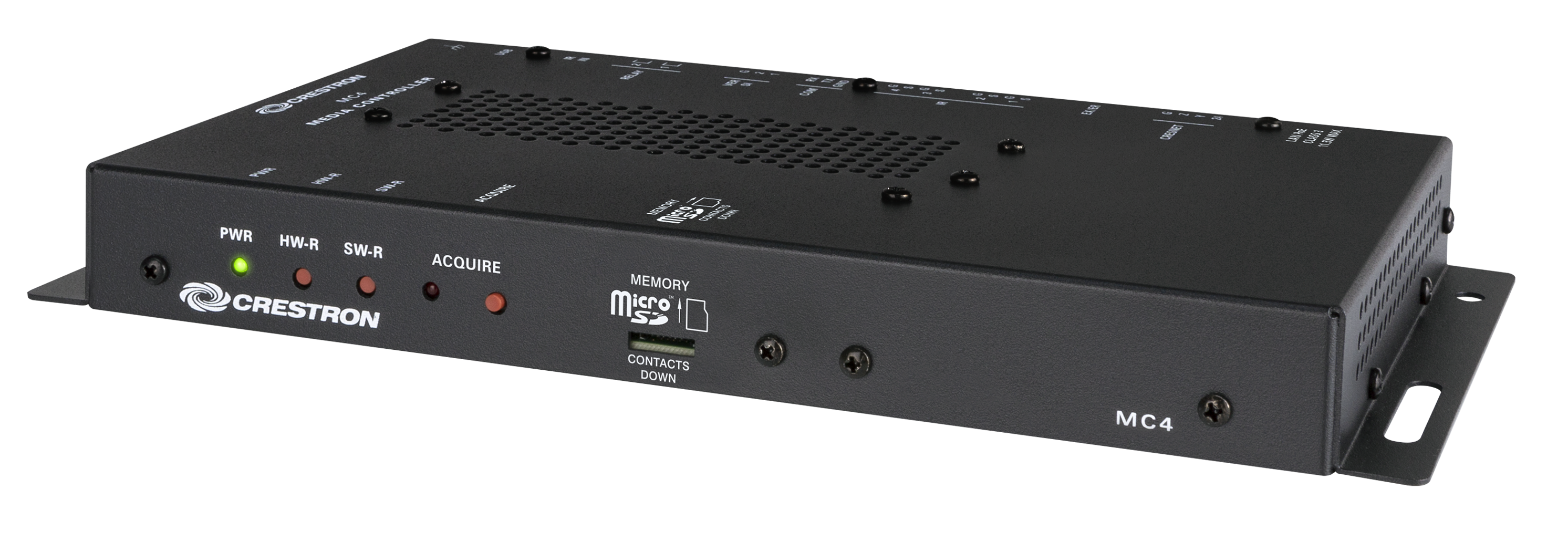
Control Systems
Control systems are the central hub of any audio-visual setup, integrating various devices into a single, user-friendly interface. They enable seamless operation of multiple AV components like displays, speakers, lighting, and cameras, often through touch panels, mobile devices, or remote controls. These systems are crucial for simplifying complex tasks, allowing users to automate functions like adjusting volume, switching inputs, or controlling lighting with a single command. Control systems enhance overall efficiency and are commonly used in both corporate and home entertainment environments.
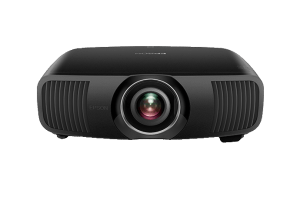
Display Devices
Display devices are critical for visual output in an AV system, encompassing monitors, projectors, LED screens, and video walls. They translate video signals into high-quality images, ensuring that presentations, videos, or live feeds are visually compelling. Modern displays come equipped with advanced features like 4K resolution, HDR, and wide color gamuts to deliver crisp, vibrant visuals. Depending on the setting—whether a boardroom, auditorium, or home theater—the right display device can significantly impact the clarity and overall visual experience.
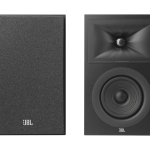
Speakers
Speakers are the primary source of audio output in an AV system, transforming electrical audio signals into sound waves. Whether installed in ceilings, walls, or freestanding, speakers provide immersive audio that enhances the atmosphere of the space. High-quality speakers are designed to offer balanced sound across various frequencies, from bass to treble. They are essential for delivering clear speech in presentations, crisp dialogue in movies, or deep bass in music performances. Depending on the space, speakers can be designed to work in mono, stereo, or surround sound formats.
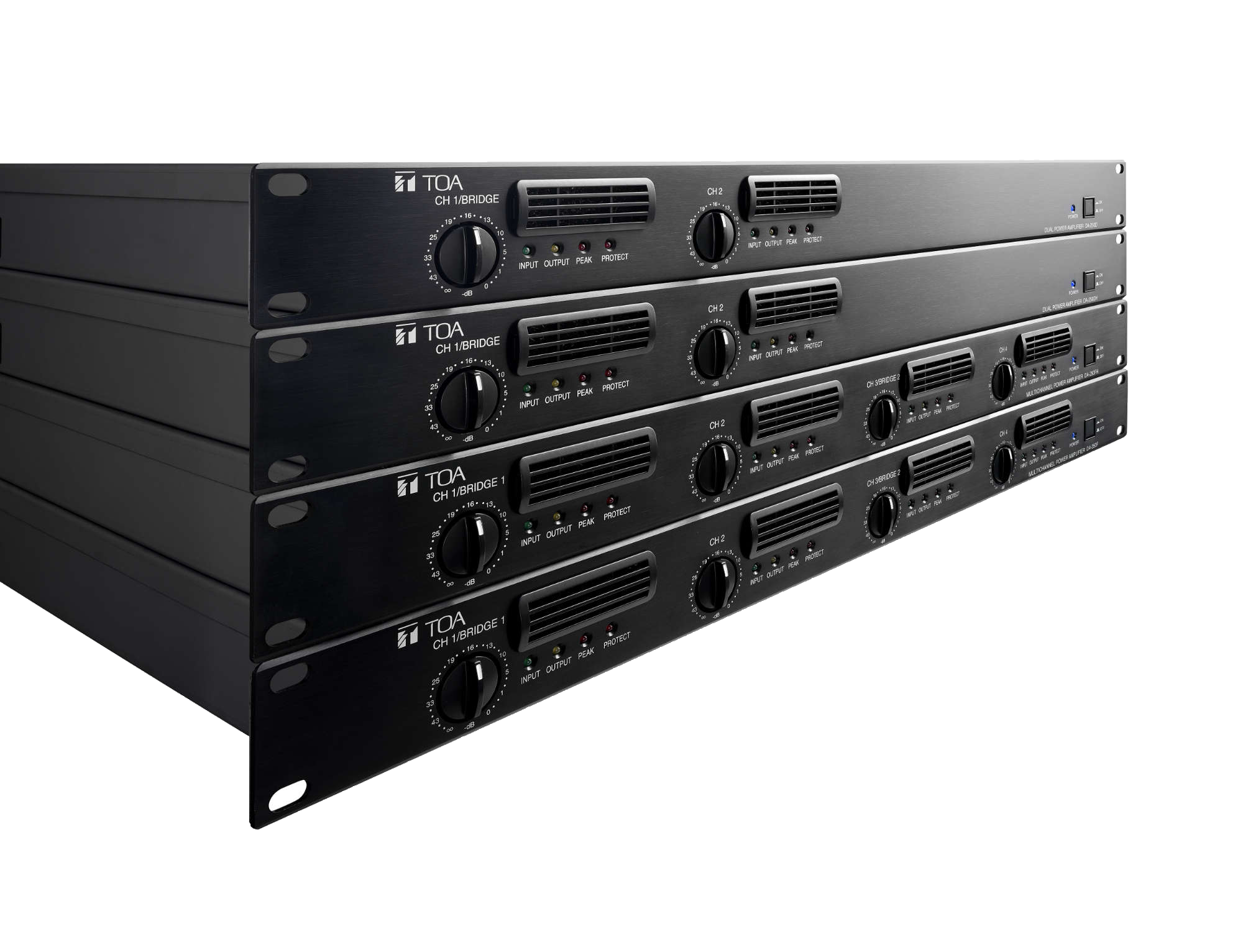
Amplifiers
Amplifiers are crucial components that increase the audio signal’s strength, making it powerful enough to drive speakers. They ensure that sound is delivered at the desired volume without distortion, especially in large venues where the sound needs to travel farther. Amplifiers are particularly important in professional AV setups like auditoriums or concert halls, where they ensure that every listener experiences the same audio quality, no matter their distance from the sound source.
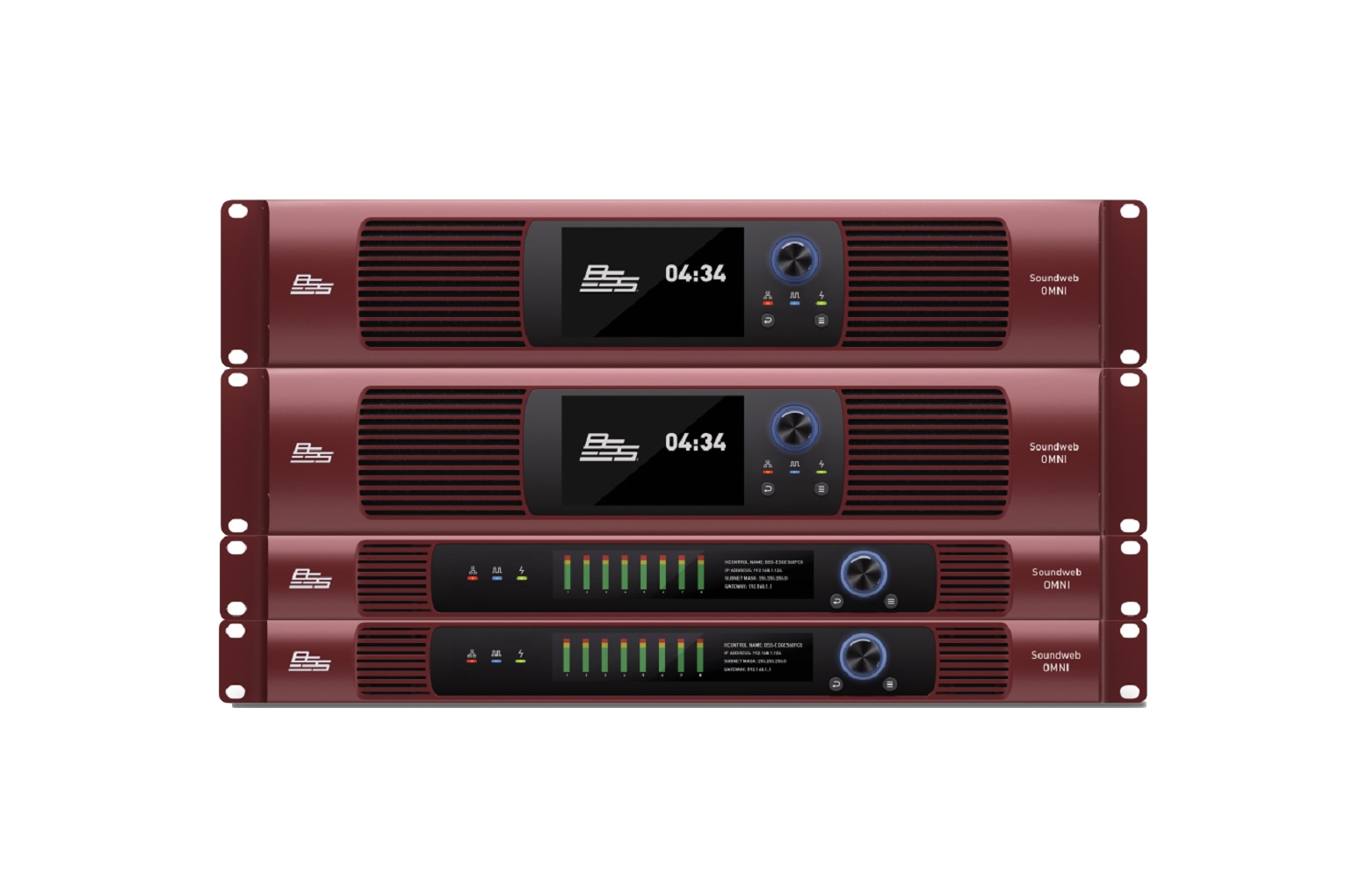
Audio Processors
Audio processors are essential components in audio-visual systems, playing a key role in refining and managing sound to deliver clear and balanced audio experiences. They equalize frequencies, control dynamic range, reduce noise, and calibrate sound to suit the acoustic environment, ensuring optimal performance in spaces like conference rooms, auditoriums, or entertainment venues. By synchronizing audio with visuals, managing signal routing, and integrating with other AV components, audio processors help maintain high-quality sound output.

Signal Distribution Systems
Signal distribution systems manage the transfer of audio and video signals between various devices, ensuring that each signal reaches its intended destination without degradation in quality. These systems allow for the routing of multiple signals from different sources—like cameras, microphones, or computers—to different outputs, such as speakers or displays. In larger setups, signal distribution systems help maintain efficiency by reducing the need for complex wiring and providing stable connectivity.
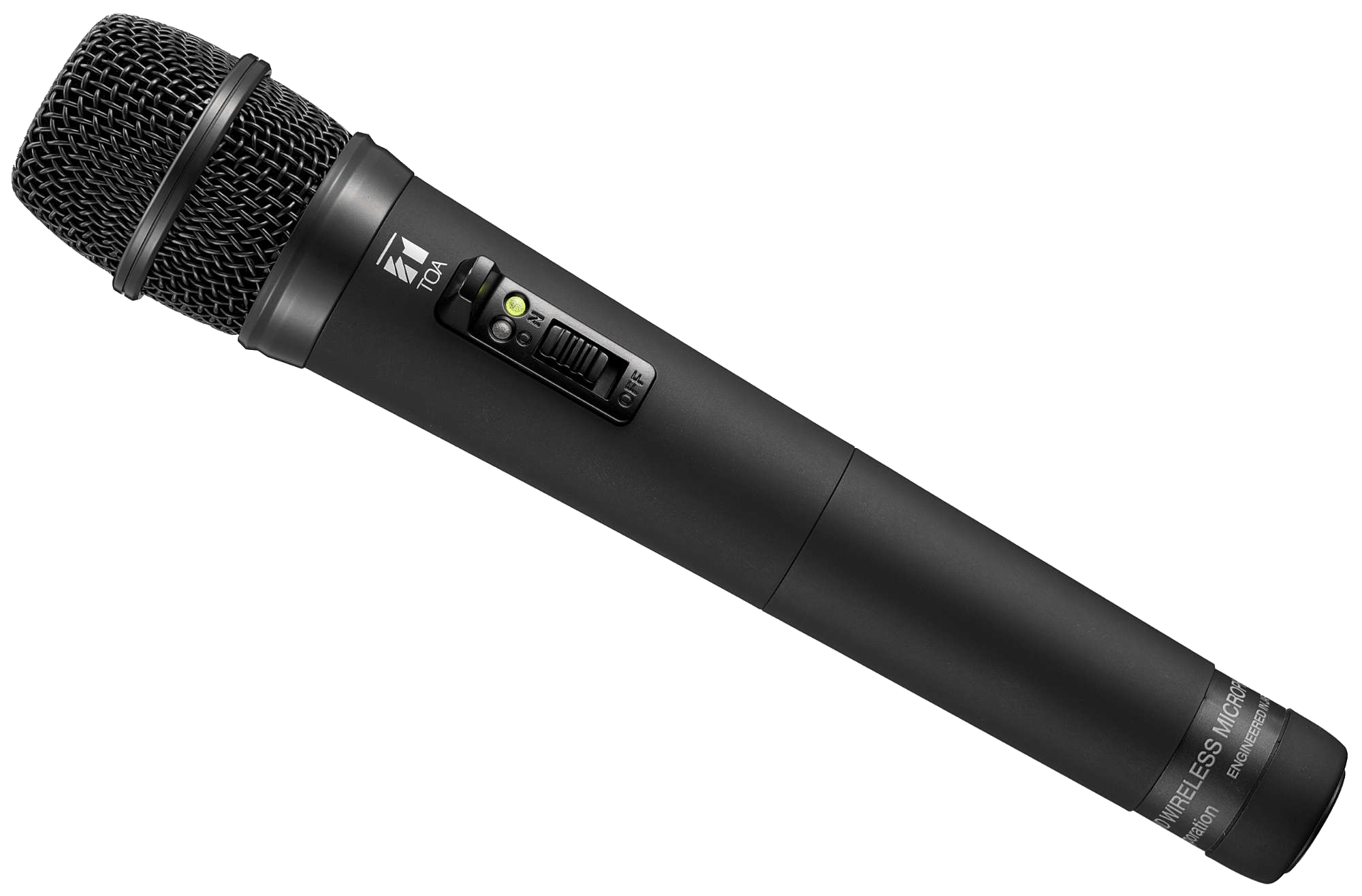
Microphones & Audio/Video Input Devices
Microphones capture audio and convert it into electrical signals, allowing sound to be transmitted through speakers or recorded. In audio-visual systems, microphones are essential for capturing speech or sound in settings like conferences, performances, or recordings. Input devices like microphones, cameras, and other A/V devices serve as the entry points for audio and video signals, feeding them into the system for processing and distribution.
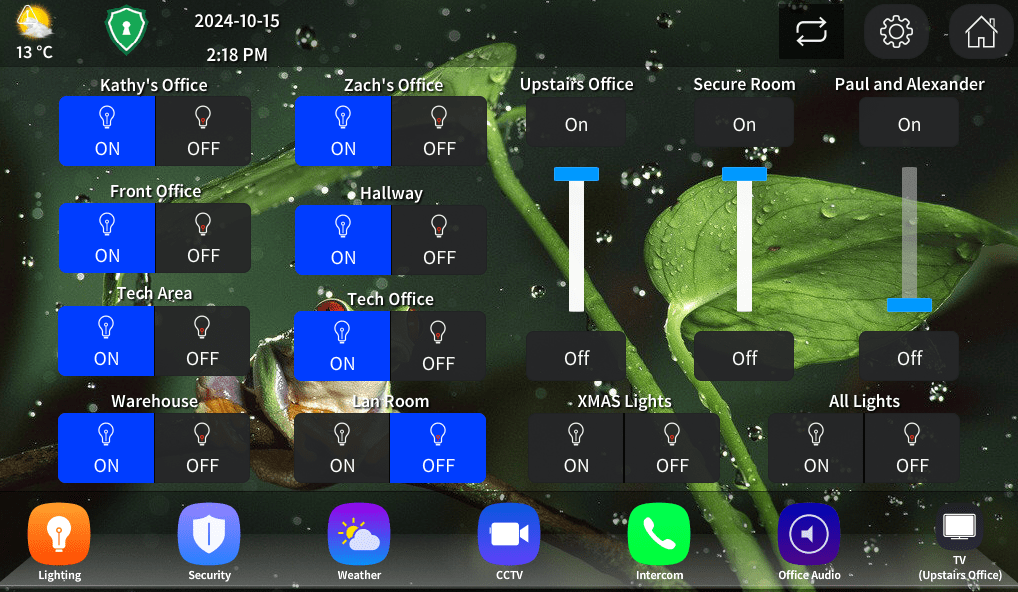
Lighting Control
Lighting control systems allow for the integration of lighting within an AV setup, providing the ability to adjust brightness, color, and intensity. Whether for mood-setting in a home theater or spotlighting a presenter on stage, lighting control enhances the overall experience. Integrating lighting into the AV system ensures that the visual and auditory aspects are in harmony with the ambient lighting, creating a more immersive environment.
The Solutions we Provide





